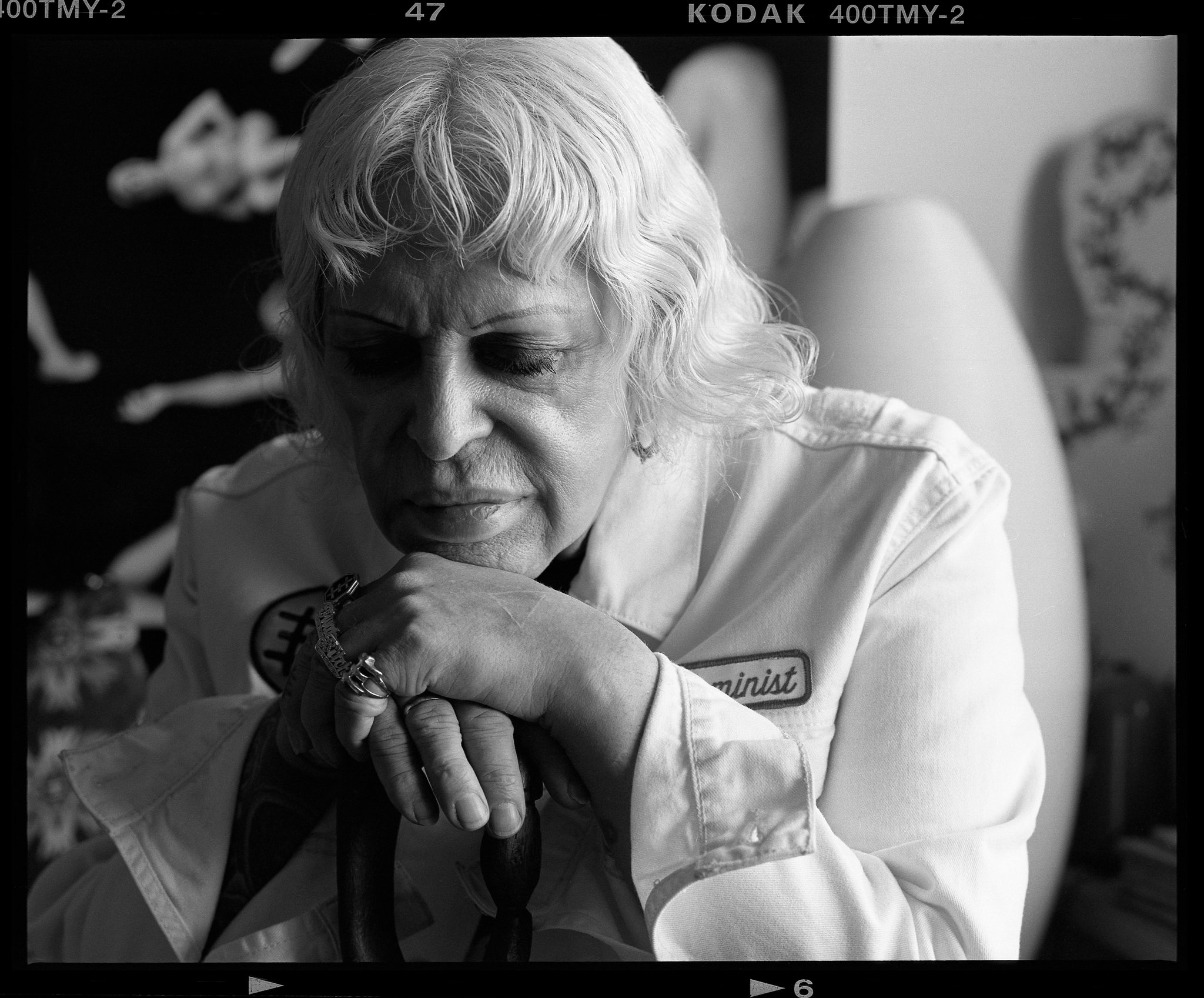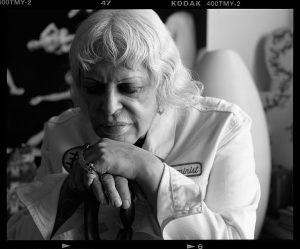This passed Friday, the New York Times ran an article on Genesis Breyer P-Orridge discussing Genesis’ life, work and current perilous physical condition. The article starts:
“Neil Andrew Megson discovered Max Ernst when he was 15 years old, and it set a course for his life. The book was called “The Hundred Headless Woman,” surrealistic collages of human and animal forms. It presented the body as fluid and mutable, and the self as open to negotiation. It was the mid-1960s, and to a British schoolboy who felt he didn’t fit in — into his school, his gender, his body — this was freedom.
“In the half-century since, Megson — better known as the musician and visual artist Genesis Breyer P-Orridge — has steadily probed at the boundaries of the body, both literally and figuratively, evolving from art provocateur to founder of the influential British bands Throbbing Gristle and Psychic TV to semi-established fine artist with archives at the Tate Britain. As P-Orridge now considers retiring from live music, Throbbing Gristle’s albums from the 1970s and early 1980s are newly available in deluxe reissues on Mute.
“At 68, P-Orridge lives on the Lower East Side neighborhood of Manhattan in a body racked by chronic myelomonocytic leukemia.”
read the entire article here:
https://www.nytimes.com/2018/11/09/arts/music/genesis-p-orridge-throbbing-gristle.html.


